Amplitude & Chipset
We mentioned that the biggest feature of the FiiO BTR7 is the THX amplifier modules. THX modules are an amplifier technology that FiiO uses in many of its products. These modules, which are produced in a collaborative relationship with THX, are very effective in their field. I took a close look at these modules in my FiiO K9 Pro ESS review, and I think it’s quite impressive that these full-size modules have been miniaturized and implemented in a portable battery-powered product as a result of an extensive R&D period. For the BTR series, FiiO states that they had asked users around the world about their expectations and evaluated the suggestions, and developed the THX modules as an answer to the users’ need for more power.
FiiO’s new high-end dongle provides plenty of power for both your IEMs and headphones. The single-ended 3.5mm output can deliver around 160 mW of power into a 32Ω load. The balanced 4.4 mm output can deliver around 320 mW into a 32Ω load. As you can see the difference here, because BTR7 has a fully balanced architecture, the 4.4mm output delivers much more power compared to its single-ended counterpart. Whether you need this extra power depends entirely on the equipment you plan to pair it with. If we need to break these numbers down a bit, we can say that it produces enough power to easily drive all of the IEMs on the market. As for headphones, it can easily feed the 58X, Deva, and HE-R9 in my inventory. We can say that this is an impressive development among Bluetooth DACs & AMPs.
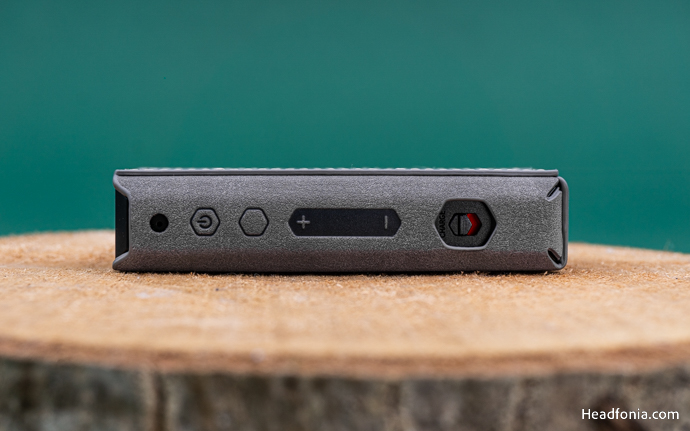
In addition to this, I would like to elaborate on the DAC floor so that there is no question in your mind about FiiO’s balanced architecture. The BTR7 has dual DACs and a 4-channel fully balanced audio architecture. The amps are also split into 4 channels and all of this goes through an extensive LDO filtering system. FiiO says they spent time optimizing the power supply and used an 8-layer PCB to do so, in the BTR7. They also say that they even isolated the amplification modules with an EMI shield.
Let’s assume that you have a hard-to-drive headphone and the BTR7’s balanced output is not sufficient for your equipment. For this case, FiiO has developed a feature that allows you to get more power from the 4.4mm Balanced output by activating a mode called “Boost BAL-mode” through the FiiO Control app.
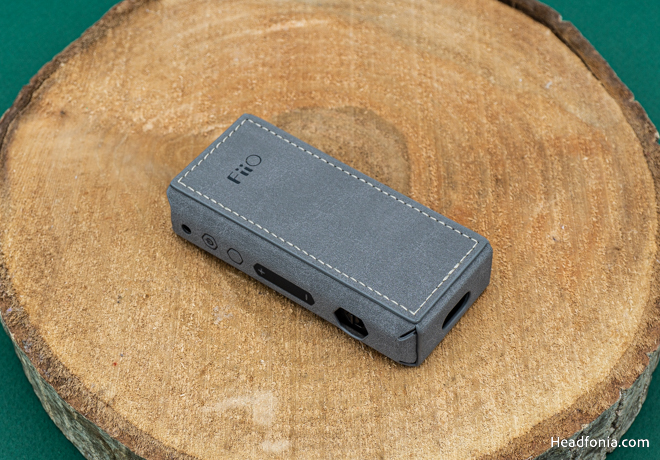
Features & Control
First of all, let’s talk about FiiO’s app called “FiiO Control”. This app allows you to control additional features of the BTR7 with both Apple devices and Android-based devices.
FiiO states that users can do most of the navigation through the integrated menu on the device instead of relying on the external app. This improves the overall ease of use and practicality of the device. Let’s take a closer look at the features offered in the app. First of all, the app allows you to update the device’s firmware via wireless and local files. This is an essential feature for a more stable operation. FiiO has a very good reputation in this regard, they support their devices for an extended period of time compared to many other brands on the market. You can access the latest firmware files via this link.
Moreover, the app offers a feature called “Battery Protection” to protect the battery’s health and make charge-recharge cycles healthier. When this feature is activated, the battery can be charged up to a maximum of 80%. Just below this feature is a slider to adjust the idle power-off timer. Additionally, you can limit the codecs that the BTR7 offers on a hardware basis, i.e. you can force the BTR7 to stream only LDAC. This is a very useful feature if you’re using Android. There are also three different options to change the behaviour of the buttons in the app.
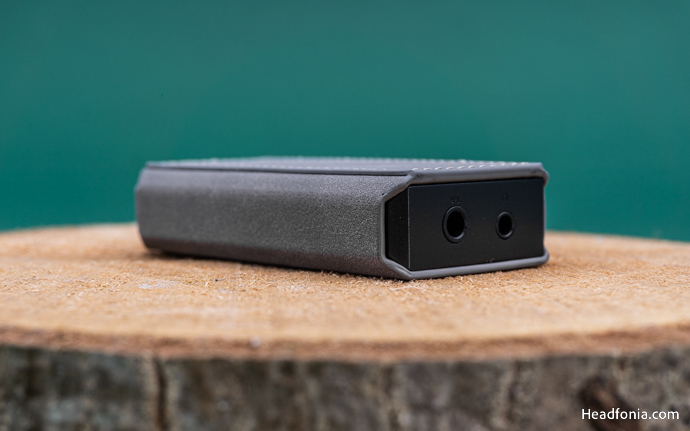
The FiiO Control app supports 10-band EQ. However, according to FiiO’s statement, this EQ only works when using the BTR7 over Bluetooth or wired with UAC1.0 configured.
There is also a section in the app that allows you to make a few changes to the sound. In this section, you can limit the volume of the device. You can also control the Bluetooth volume here. There is a slider that allows you to adjust the channel imbalance and a slider that allows you to control the volume of the other party in calls you accept over Bluetooth. From this menu, you can activate the aforementioned “Boost-Bal Output” feature and play with the DAC’s distortion compensation settings.
As for the physical controls, the device is controlled by three buttons on the right side of the case and navigation is quite easy. Pressing the Power button twice brings you to the main menu, which consists of Gain, Filters, EQ, Car-mode, Device List, UAC 1/2, Dimmer, Language, Screen Timeout, Input Priority, Factory Reset, and Version. You can take a closer look at these settings over here.
Being able to turn on and off the automatic charging and it’s quite useful if you intend to use the device wired. Apart from that, if you want to use the device with older devices or devices with locked operation systems, such as PS5 and Nintendo Switch, you can switch on the USB 1.0 interface for driverless operation. However, FiiO seems to have dropped the NFC support that BTR5 2021 had.
Apart from these, BTR7 also offers classic media controls. You can pause and resume the music playback, skip to the next or previous song and activate your preferred assistant. On top of that, the BTR7 offers 60-step HW volume control via physical buttons.
Fiio says that the BTR7 can be used for approximately 9 hours (AAC, Low Gain, 3.5mm) If you use the balanced output and LDAC codec with low gain, this duration drops to 7.5 hours. I can say that I conveyed similar results in my own tests. With high gain and 4.4mm output, I’ve experienced 6.5 hours of playtime, which is sufficient for a portable device that can push over 300 milliwatts. It takes around 2h to fully recharge the battery of the BTR7. If you want to use it as a USB DAC with the charging button turned off, the BTR7 does not draw any power from your phone battery. So if you’re curious about the battery life of the BTR7 when used as a dongle DAC with the charge button turned off, it offers about 4.5 h playtime for the 3.5mm and about 4 hours for the 4.4mm output.

In terms of signal stability, the BTR7 uses Qualcomm’s new QCC5124 chipset, which is a premium-tier chipset with full LDAC support. During my time with the BTR7, the signal stability was very good and I didn’t experience any stutter even when I streamed 24-96kHz files over LDAC with my Android 12 smartphone.
Lastly, I tried the BTR7’s new omnidirectional microphone. As with any similar device, the microphone’s ability to pick up sound and block out background noises is directly related to its distance from your mouth, so holding the device 7 centimeters from your mouth results in a clean transmission to the receiving party and it does a good job of blocking out background noises. If you want to know even more about the BTR7, I recommend checking out the FiiO’s official FAQ.
The review continues on Page Three, after the click HERE or by using the jump below.
Page 1: FiiO, FiiO BTR7, Packaging & Accessories, Design & Build Quality
Page 3: Wireless Sound Performance, Wired Sound Performance, BTR5-2021 Comparison, Last Words





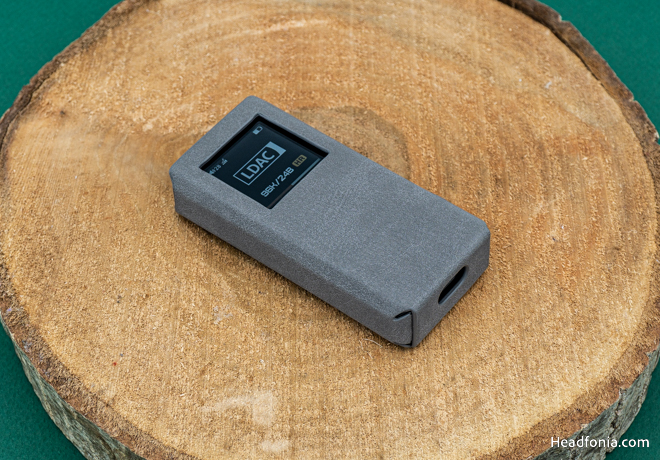
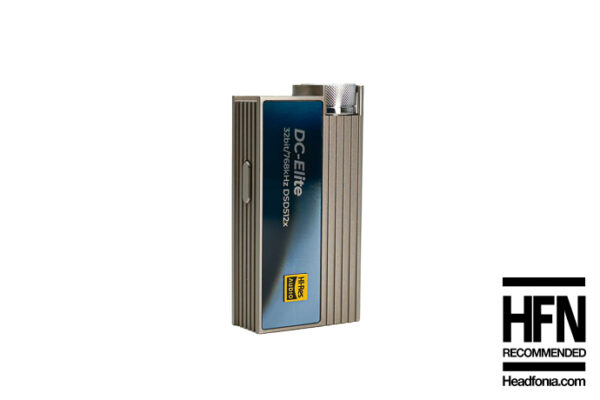
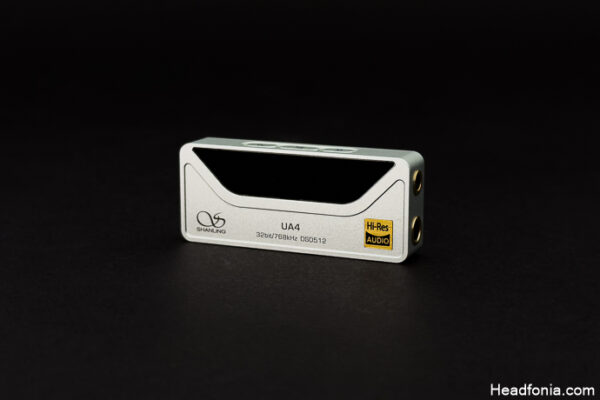
Mark Schneider
Did you mean BTR5-2021?
“Of course, this all depends on the power demands of the headphones you have. If you have a full-size, hard-to-drive headphone, the power provided by the UP5-2021 may not be enough for you, in which case the BTR7 would be a better option.”
Claudio
I think the BTR7 is an improvement of the BTR 5 (first version). I also think is more enjoyable to the old DAPs like fiio m6, Fiio m9 and the M11 (too bright for me). Fiio is doing a good job with their new releases. I own the m17 (wonderfull DAP) and the K7 (great sound too).
Andrius
Buggy device. Stuttering sound on S8+ tablet